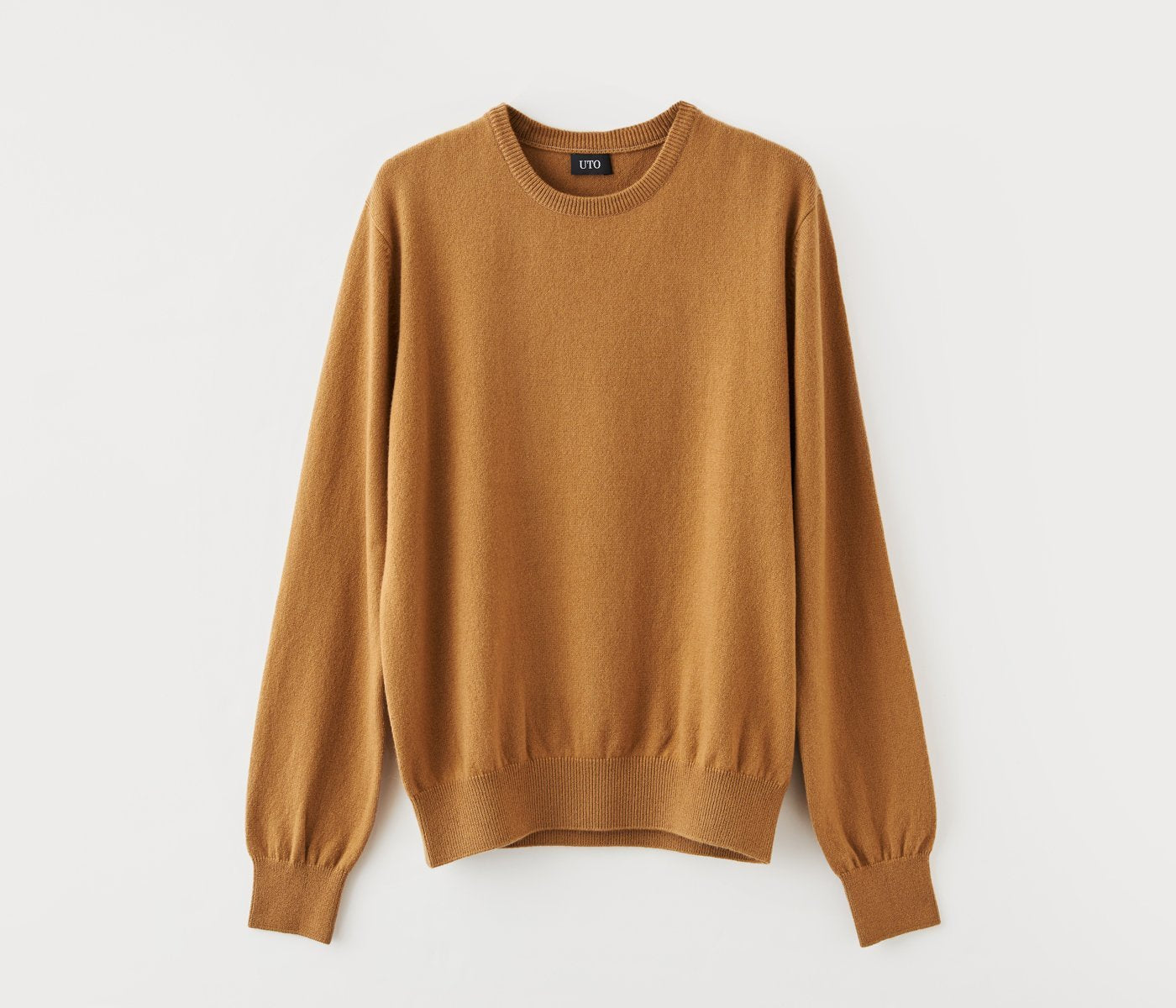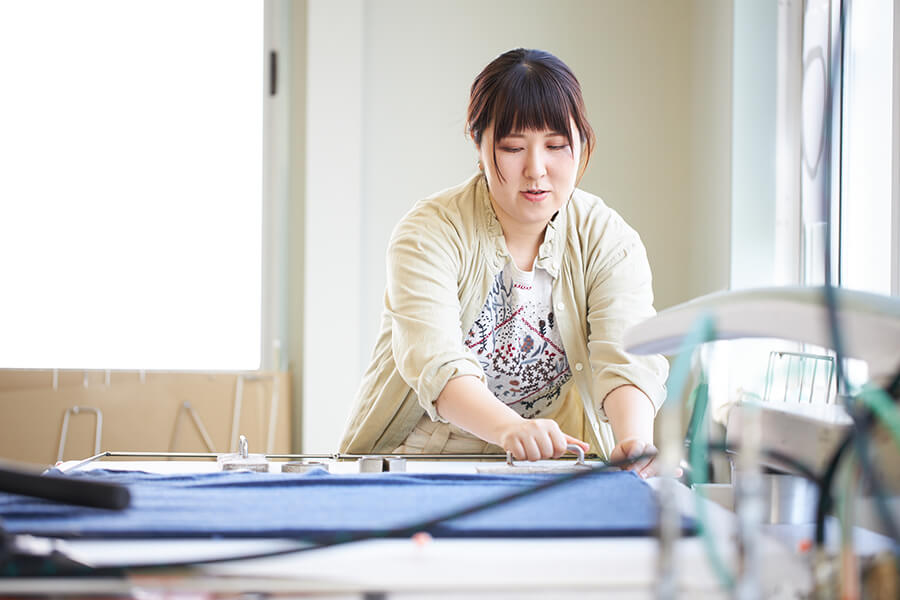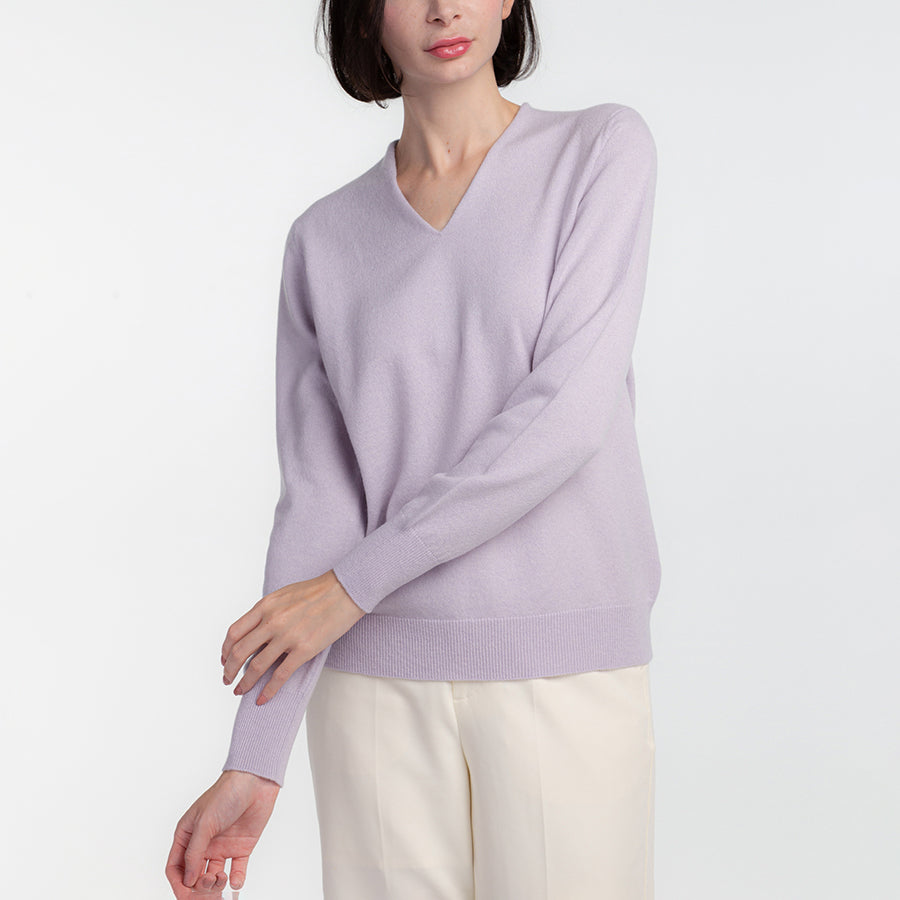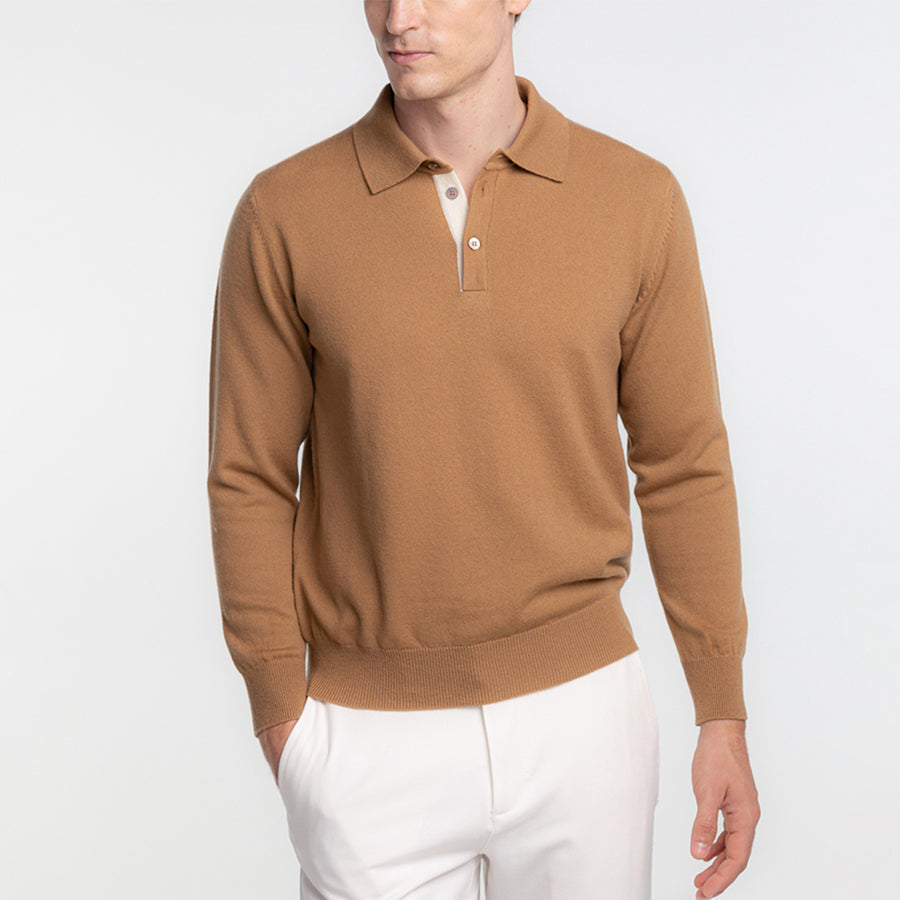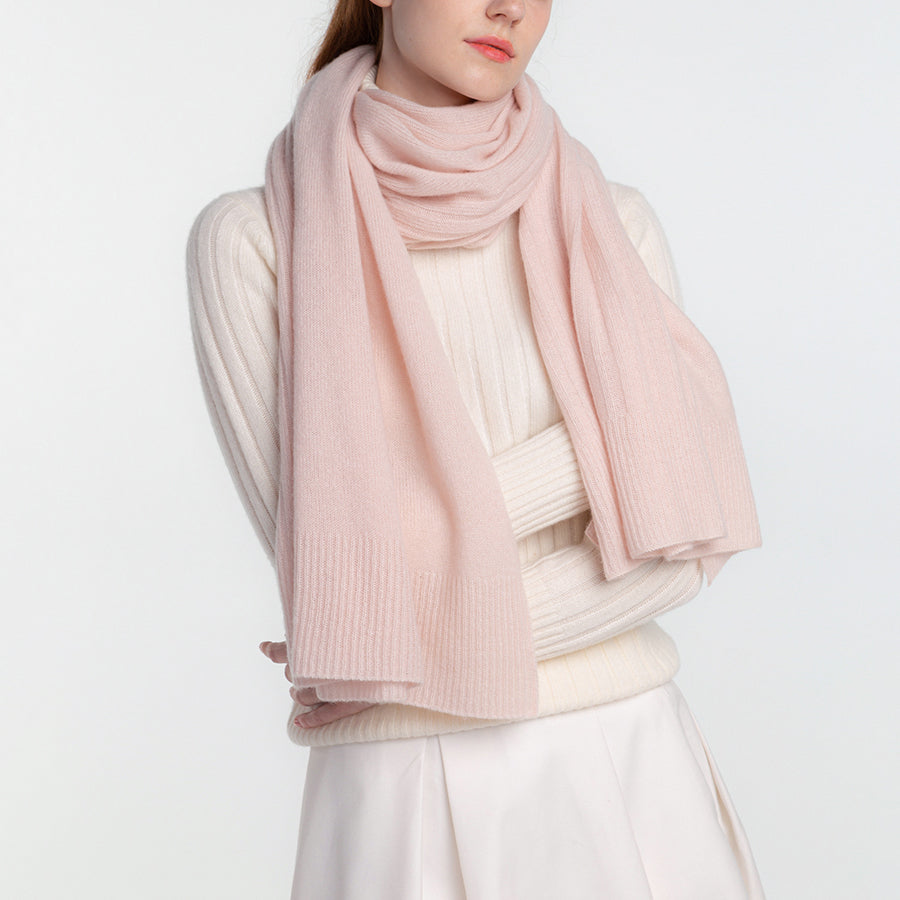"Meriyasu" from South America
By the way, do you know about "huge size"?
I wonder if anyone who reads this as "stockinette" is someone in the industry or someone older than me (born in 1950).

What is the size and size of the area?
This was around 1980, when I was just starting out as a knitter.
When I was introduced to the president of a company that makes knit products and received a business card that said I am the representative director of XX Modaisho Co., Ltd., I was surprised and wondered, "What is Bakudaisho?"
There are still many knit manufacturing companies called ○○knitwear. For me, when I hear the word stockinette, I think of old-fashioned plain underwear, such as camel shirts.
It is quite an old-fashioned way to call knits "stockinette," but the expressions ``huge'' and ``huge'' are not often used these days.
"Meriyas" means socks in Portuguese and meias in Spanish. It seems that the detailed circumstances surrounding the introduction of knitwear to Japan are not known, but it seems that people at the time who heard the name knitted knits used the spellings ``Noriyasu'' and ``Noriyasu.''

Westerners first appeared in Japan in 1543. When a Portuguese ship washed ashore on Tanegashima Island in Kagoshima, it was the time when guns were introduced.
From then on, until the Tokugawa shogunate closed the country in 1639, Portuguese ships visited Japan frequently, and in 1549, Spanish Jesuit missionary Francisco Xavier and others visited Japan, so this was passed down around that time. Probably. This means that the people who came here were probably Portuguese or Spanish.
It seems that Lois Frois, a Jesuit missionary, presented various European products to Oda Nobunaga, so knitted socks called stockinette may have been among them.
A Westerner depicted in a Nanban folding screen painting depicting the customs of the time. You can see colorful long socks underneath the knicker-pokka-like pants. These are definitely knitted socks called stockinette.
It is said that socks were knitted in Dejima, Nagasaki even during the national isolation period, and they were prized as souvenirs from Nagasaki, and by the end of the Edo period, they had become quite popular, and knitting was popular as a part-time job for samurai.
There is an image that poor samurai's side jobs include re-hanging umbrellas and working as a bookstore, but just imagining a samurai wearing a topknot knitting socks with knitting needles makes me laugh.
Large and small things “expand and contract”
A literature from that time says, ``Meriasu is a flexible and flexible thing that goes well with people's arms, no matter how big or small.It should be based on the meaning that it goes well with people's arms, no matter how big or small they are.'' Apparently there is a description.
It makes people read knitted fabric as if it were a quiz about the huge and small dimensions that express the characteristics of knits. Japanese is interesting.
There is a photo of Ryoma Sakamoto, a popular figure at the end of the Edo period, wearing a hakama and shoes, but Ryoma, who loved new things, must have been wearing stockinette socks in those shoes. If you imagine it, as a Ryoma fan, it will be a little fun.
It is my wishful thinking to say that both Nobunaga and Ryoma wore knitted socks, but it seems to be true that Mito Mitsukuni, the vice general of the world, wore socks, and seven pairs of socks were discovered as his belongings. It has been.
As expected of Komon-sama, out of the seven pairs of socks, three were long silk socks.

